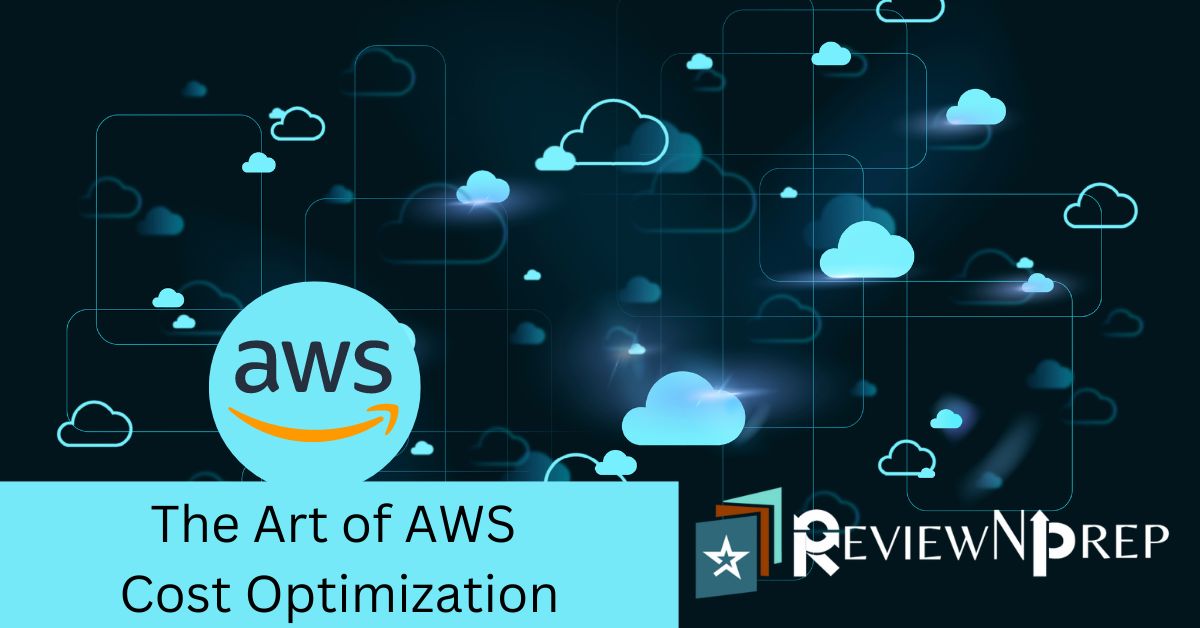|
|
Amazon Web Services (AWS) is a popular cloud computing platform that offers a wide range of services to businesses of all sizes. While AWS is renowned for its flexibility, scalability, and reliability, it can also be expensive if not optimized properly. In this blog, we’ll cover AWS cost optimizations tools, checklist, and best practices that can help you reduce your AWS costs and save money.
Table of Contents
Tools for AWS Cost Optimization
AWS offers several cost optimization tools that can help you monitor your spending and identify cost-saving opportunities. Here are some of the most popular AWS cost management tools to help you visualize and analyze your cloud usage:
- AWS Cost Explorer: AWS Cost Explorer is a free tool that allows you to visualize and analyze your AWS spending. It provides detailed reports that show your usage and costs across AWS services and regions, enabling you to identify cost-saving opportunities.
- AWS Trusted Advisor: AWS Trusted Advisor is a tool that provides recommendations to optimize your AWS infrastructure based on best practices. It covers cost optimization, security, performance, and fault tolerance, among other areas.
- AWS Budgets: AWS Budgets is a tool that allows you to set custom budgets for your AWS spending. You can receive alerts when you exceed your budget, enabling you to take corrective action.
- AWS Cost and Usage Report: AWS Cost and Usage Report is a tool that provides detailed information on your AWS usage and costs. You can use this information to identify cost-saving opportunities and optimize your infrastructure accordingly.
Best Practices for AWS Cost Optimization
In addition to the above checklist, here are some best practices for AWS cost optimization:
- Use a multi-account strategy: A multi-account strategy allows you to separate workloads, reduce the blast radius of security incidents, and optimize costs by using different pricing models.
- Use the right instance type: The type of EC2 compute instance that you choose can have a big impact on your costs. Besides choosing the right instance type for your workload, make sure you have the right operating system and the right storage for your workload.
- Use automation: Use automation tools like AWS Lambda and AWS CloudFormation to automate infrastructure provisioning, management, and optimization.
- Monitor your spending: Monitor your spending regularly using tools like AWS Cost Explorer, and set up alerts to notify you when you exceed your budget. You can also use Amazon CloudWatch to trigger alerts based on specific metrics.
- Use tagging: Use tags to organize your resources and allocate costs accurately. You can use tags to track costs by project, department, or any other criteria.
- Use spot instances: AWS Spot Instances are a way to get discounted EC2 instances. Spot instances are unused EC2 instances that are available for bidding. You can bid on a spot instance at any price, and you will only be charged if your bid is high enough to win the instance.
- AWS Auto Scaling: AWS Auto Scaling is a service that automatically scales your EC2 instances up or down based on demand. This can help you save money on your EC2 costs by only running the instances that you need.
Checklist for AWS Cost Optimization
To optimize your AWS costs, you should follow a checklist that covers the following areas:
- Set up a budget: The first step to optimizing your AWS costs is to set up a budget. This will help you to track your spending and identify areas where you can save money.
- Right-sizing: Make sure that you are using the right size of instances for your workloads. Oversized instances can lead to unnecessary costs, while undersized instances can affect performance.
- Instance usage: Ensure that your instances are only running when they are needed. You can use automation tools like AWS Lambda to shut down unused instances during periods of low usage.
- Reserved instances: Use reserved instances to save money on instances that you use frequently. Reserved instances can save you up to 75% compared to on-demand instances.
- Storage optimization: Optimize your storage costs by deleting unused volumes and snapshots, and using lifecycle policies to move data to cheaper storage tiers.
- Data transfer optimization: Minimize your data transfer costs by using AWS Direct Connect, Amazon CloudFront, or Amazon Route 53.
Conclusion
Cloud costs can easily get out of hands if not planned properly. Amazon Web Services can also be expensive if not planned properly. AWS cost optimization is a critical aspect of cloud infrastructure management. By using the tools, checklist, and best practices outlined in this blog, you can reduce your AWS costs and save money. Remember to monitor your spending regularly, use automation, and follow best practices to optimize your AWS infrastructure for cost savings.
Further Reading:
Don’t Make These AWS S3 Mistakes: Tips for Effective Management

